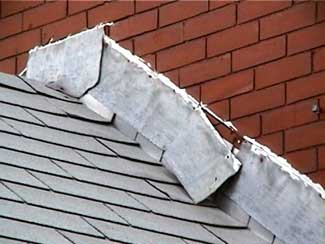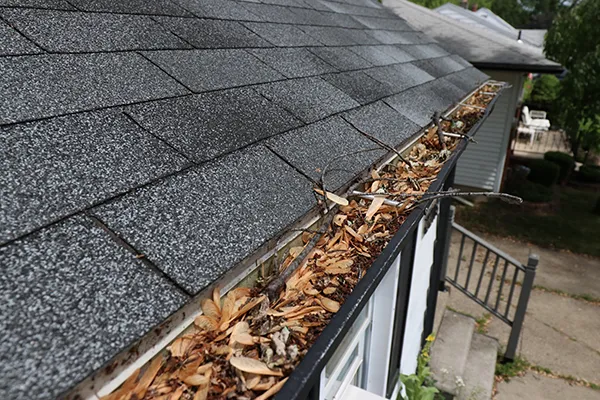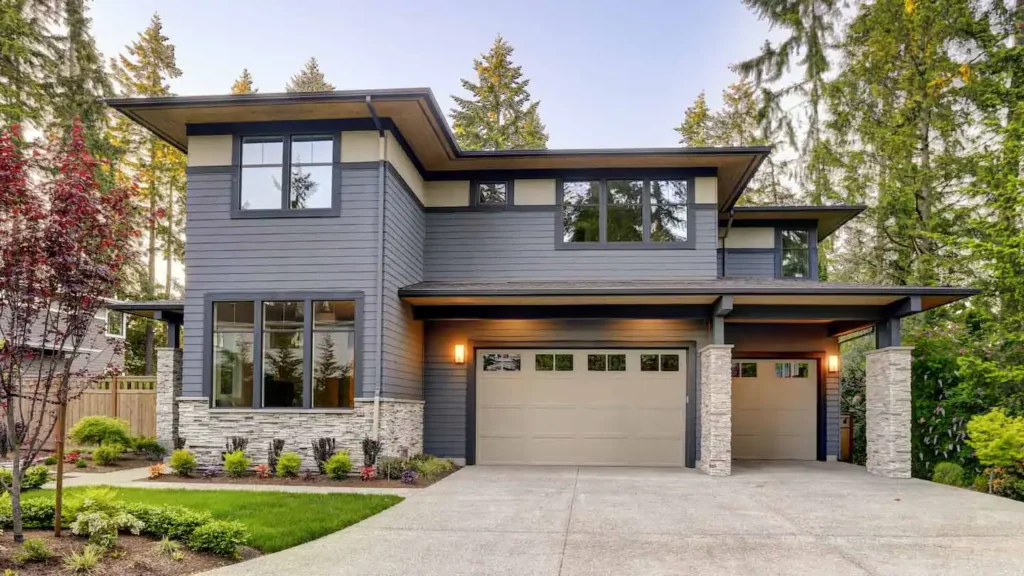Austin's #1 Roof Repair Company
Roof repair is all about keeping you and your home safe and sound. So, let’s dive into shingles, sealants, and safety.
Why Roof Repair is Important?
Your roof is like a helmet for your house. It protects you from the sun, rain, snow, and even the occasional wayward bird. Over time, though, that helmet can get a bit dinged up. Missing shingles, a leak here and there, or even just general wear and tear can lead to bigger problems if left unchecked. That’s why it’s crucial to keep on top of roof maintenance
Spotting the Signs of Trouble
Knowing when to repair your roof is key. Some signs are obvious, like water stains on your ceiling (a telltale sign of a leak) or shingles scattered across your lawn after a storm. Other signs might be more subtle, like granules from your shingles collecting in your gutters or a slight sag in the roofing. Keep an eye out and don’t ignore these little hints!
DIY or Professional Roofing Help?
If you’re handy with tools and have a head for heights, you might be tempted to tackle roof repairs yourself. that might be just fine for simple tasks like replacing a few shingles, but for anything more complex, it’s always best to call in a professional roofing company like Austin Roofing Company. We have the experience, tools, and, most importantly, the safety equipment to do the job right.
The Roof Repair Process
So, what does roof repair involve? It can vary, but typically, we will start with an inspection to assess the damage. We will look for leaks, check the condition of your shingles, and make sure there’s no structural damage. Once we assess the state of your roof, we will get to work replacing shingles, patching up holes, and making sure everything is sealed tight against the elements.
Roof repairs can be as varied as the issues they aim to fix. Here’s a rundown of different types of roof reparations that homeowners might encounter
Emergency Roof Repairs:
These are critical and need immediate attention to prevent further damage.
- Leaks: leaks in your roof can cause water damage to the interior of your home or business, and can lead to the growth of mold and mildew. If you notice a leak, it’s important to address it as soon as possible to prevent further damage.
Missing Shingles: missing shingles can leave your roof vulnerable to further damage from the elements, such as rain and wind. In severe weather conditions, missing shingles can lead to water infiltration and structural damage.
Structural Damage: Damage to the structural elements of your roof, such as rafters and trusses, can compromise the integrity of your roof and put your home or business at risk. If you suspect structural damage, it’s important to address it as soon as possible.
Collapsed roof: A collapsed roof is an emergency and can happen due to heavy snowfall, strong winds, or other structural issues. This kind of damage can put your property and the people inside at risk, so it’s important to address it as soon as possible.
Minor Roof Repairs
These are less urgent but still important to address. They include replacing a few cracked or missing shingles, fixing small leaks, or repairing worn flashings.
Major Roof Repairs
When a roof has significant damage, such as large areas of missing shingles, major leaks, or structural issues it may require extensive work.
Extensive Water Damage: Extensive water damage can occur due to leaks, missing shingles, or other issues. This type of damage can cause rot, mold, and structural damage, and may require a significant amount of repair or replacement
Structural issues: structural issues such as damaged rafters or trusses, can compromise the integrity of your roof and put your home or business at risk. These types of issues often require major repairs or even a complete roof replacement.
Rot or Mold: Rot or mold can spread throughout your roof and cause damage to the structure and integrity of your home or business. This type of damage often requires a thorough cleaning or replacement of affected areas.
Replacing the whole roof: In some cases, the entire roof may need to be replaced, such as when it’s reaching the end of its useful life, or if it has sustained severe damage that cannot be repaired. This is a major project that requires professional help.
While major roof repair costs can be expensive, they are necessary to restore the overall integrity and longevity of your roof. It’s important to address these issues as soon as they are identified, in order to prevent further damage and costly repairs.
Specialty Roof Repairs
Some roofs have unique materials or designs that require specialized knowledge to repair, this includes slate roofs, clay tiles roofs, wooden roofs, and green roofs.

Preventative Roof Maintenance
Partial Reroofing
Sometimes, only a portion of the roof needs to be repaired.
Full Roof Replacement
When the roof is beyond repair or nearing the end of its life span, a full replacement of the roof might be the best option.
Find more information about replacing your roof in this link.

Flashing Roof Repairs
Flashing is crucial for waterproofing the roof, especially around chimneys, vents, and skylights.

Flat Roof Repairs
Flat roofs have their own set of common issues such as pooling water and membrane tears, which require specific repair methods.
Storm Damage Roof Repairs
After severe weather events roofs may need repair due to wind, hail, or fallen debris damage.
Each type of repair requires a different approach and level of expertise. It’s always best to consult with a professional roofing contractor to determine the best course of action for your specific situation. Regular inspections and maintenance can help catch issues early and extend the life of your roof. Remember, a well-maintained roof is key to protecting your home from the elements.
What Are The Signs That My Roof Needs Repairs?
Keeping an eye out for signs that your roof needs repairs is essential to maintaining its health and longevity. Here are some common indicators that it’s time to take action.
- Missing, Cracked, or Curling Shingles: Walk around your home’s perimeter and inspect the shingles. If you notice any missing, cracked, or curling shingles, they may need repair. Replacing a few shingles is relatively easy and affordable, however, costs can add up if the damaged area is extensive.

2. Sagging Roof: Look at your roof as a whole. If it sags in the middle or appears to be sinking in certain areas, the deck may require reinforcement or repair. Water infiltration beneath the shingles can soften the roof deck, leading to sagging.
3. Shingle Granules in Gutters: Check your gutters for shingle granules. While some granule loss is normal, excessive amounts could indicate shingle wear. Asphalt shingles have grit embedded in their surface, which protects them from the sun.
4. Water Leaks: If water leaks through your roof during or after rainfall, it’s a clear sign that you need roof repair.
5. Damaged Shingles: Besides missing shingles, pay attention to any shingles that are cracked, torn, or otherwise damaged.
6. Blocked Gutters: Clogged gutters prevent proper drainage, leading to water backup and potential damage to the roof and fascia.

Regular inspections and prompt action can help extend the life of your roof and protect your home from the elements.
7. High Energy Bills: A poorly insulated or damaged roof can impact your home’s energy efficiency.
8. Presence of Growth: Moss, algae, or mold growth on the roof can indicate moisture problems.
9. Visible Exterior Light: If you notice light coming through the roof from inside your home, it’s a sign of gaps or holes. These openings can lead to leaks and should be repaired.
Remember, timely roof repairs are crucial. Ignoring small issues can escalate into more significant problems, potentially requiring costly replacements.
What Are The Common Flat Roof Problems?

Flat roofs are quite popular due to their cost-effectiveness and the extra space they provide. However, they come with their own set of challenges. Here are some common problems associated with flat roofs:
- Exposure: The flat surface is constantly exposed to the elements, which leads to issues like overexposure to the sun, lightning strikes, freezing, hail, and wind damage.
- Leaks: Flat roofs are notorious for leaks, especially if they lose their ability to shed water effectively due to poor maintenance1.
- Ponding water: without a natural slope, flat roofs can struggle with drainage leading to water accumulation and potential sagging or leaks.
- Structural movements: The natural expansion and contraction of a building can lead to movement in the roofing assembly, causing cracks and splits, particularly around seams and flashings.
- Alligatoring: This refers to the cracking of the roof surface which resembles alligator skin. It’s a sign that the roof may need replacing.
- Buckling in the Membrane: The roofing membrane can buckle due to the building’s movement or improper installation
- Cracking: Over time, flat roofs can develop cracks, which can become serious if not addressed promptly.
- Flashing: Damaged flashing around roof penetrations can lead to leaks and other issues.
- Deterioration of Roofing Materials: Harsh weather conditions and UV radiation can lead to the deterioration of roofing materials.
Addressing these issues promptly with proper maintenance and repairs is key to extending the life of a flat roof. Regular inspections, especially after severe weather, and consulting with professional roofing contractors when necessary can help keep your flat roof in good condition.
Maintenance is Key
After your roof is all patched up, keeping it in tip-top shape is the next step. Regular inspections, especially after severe weather, can save you a lot of trouble down the line. Clearing out your gutters, trimming overhanging branches, and keeping an eye out for moss or algae build-up will go a long way in extending the life of your roof.



